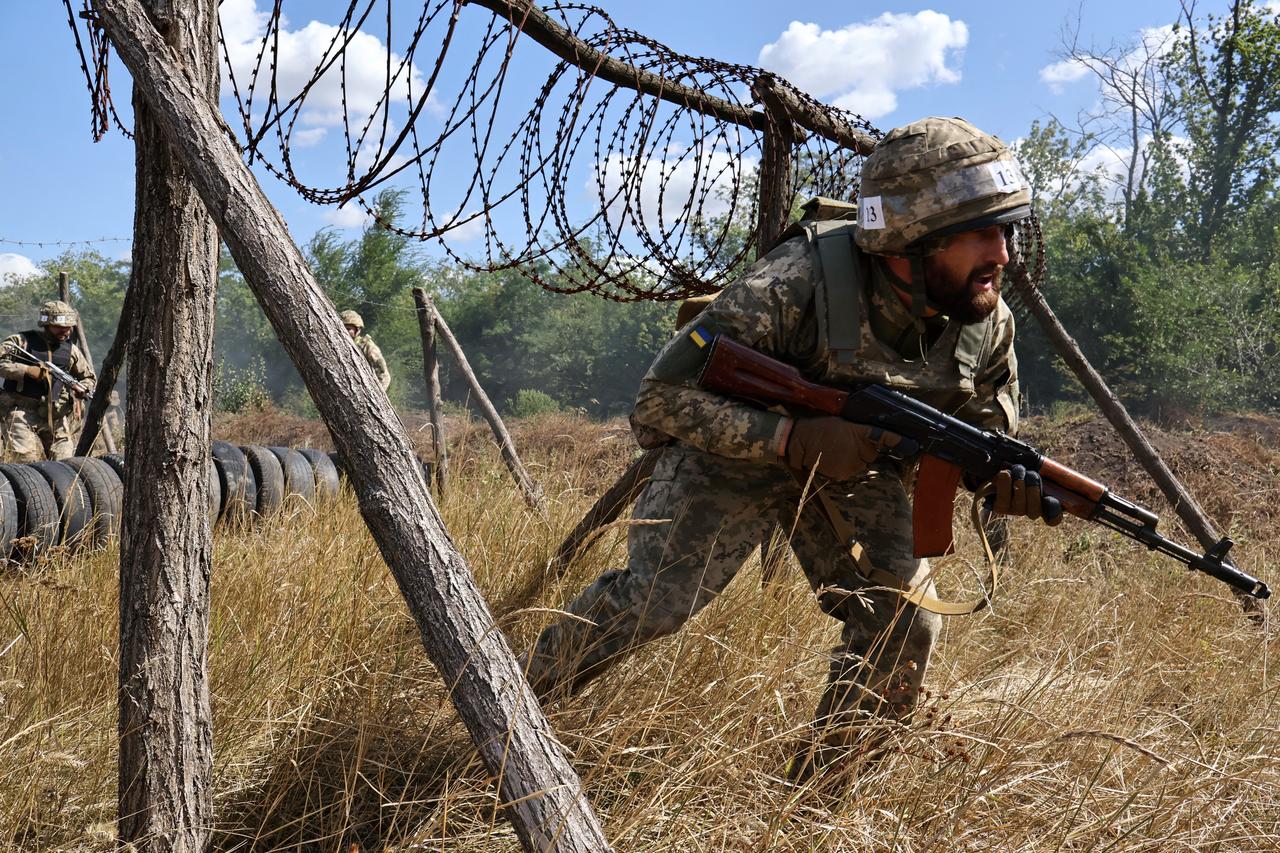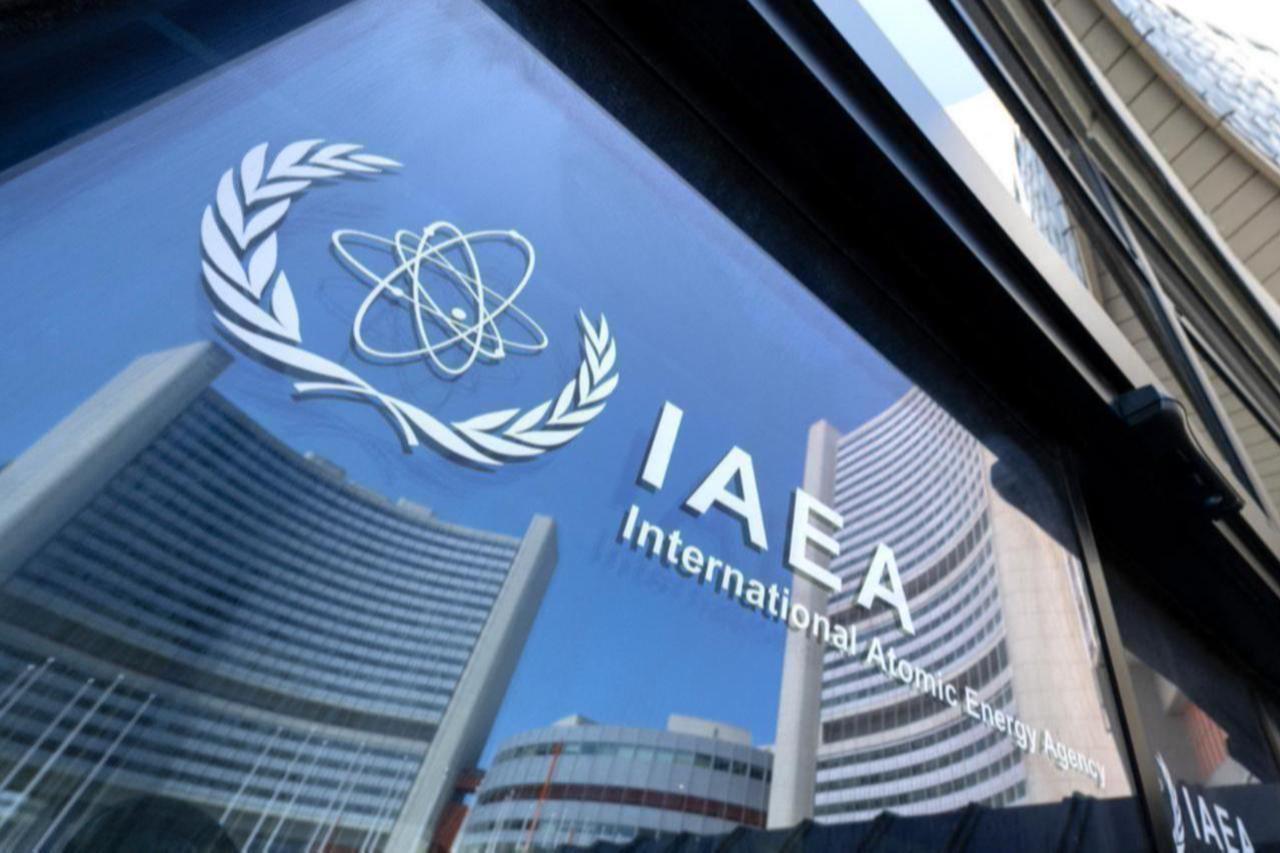
The Zaporizhzhia nuclear power plant, Europe's largest atomic facility, entered its fourth consecutive day without external power Saturday, marking the longest blackout since Russia seized control of the Ukrainian facility in 2022.
Both Moscow and Kyiv traded accusations over attacks on power infrastructure that left the six-reactor complex relying entirely on backup diesel generators — a safety measure nuclear experts describe as a critical last resort.
Ukrainian Foreign Minister Andriy Sybiga blamed "Russian actions" for the extended outage in a statement on social media platform X. Russia countered that Ukrainian forces had targeted the electrical grid, forcing the plant to switch to emergency power on Tuesday.
"From September 23, 2025, the power supply for the needs of the Zaporizhzhia nuclear power plant is provided by backup diesel generators," the Moscow-appointed operator said via Telegram, adding that diesel reserves were "sufficient" to operate "for an extended period" without providing specifics.

The prolonged blackout has heightened fears among nuclear safety advocates about the facility's vulnerability. Greenpeace Ukraine warned that emergency diesel generators represent "a last line of defence to be used only in extreme circumstances."
The environmental group suggested Russia might exploit the crisis "to try and reconnect to the temporary Russian-occupied grid of Ukraine" and potentially restart reactor operations.
Those concerns align with previous statements from Yuri Chernichuk, the Moscow-appointed plant director, who told Russian state media in January that Zaporizhzhia could supply electricity to Russian-annexed Crimea and Moscow-controlled areas of eastern and southern Ukraine. This month, he indicated the integration process with Russian power networks was nearing completion.

The blackout comes as International Atomic Energy Agency Director General Rafael Grossi concluded talks in Moscow with President Vladimir Putin and Russia's nuclear agency Rosatom about safety conditions at the plant.
Before Russia's takeover, Zaporizhzhia's reactors generated approximately one-fifth of Ukraine's electricity. While all six reactors remain shut down under Russian occupation, the facility requires continuous power to operate critical cooling and safety systems that prevent potentially catastrophic reactor meltdowns.
The plant, situated near the city of Enerhodar along the Dnieper River, sits dangerously close to active fighting. Since the war began, the facility has endured repeated safety threats including nearby artillery strikes, multiple power outages, and staffing shortages.
Both Russia and Ukraine have consistently accused each other of endangering the site and risking a nuclear disaster that could affect much of Europe.
The current outage represents the most serious power disruption at the facility since Moscow seized control during the early weeks of its invasion, underscoring the precarious situation at one of the world's most strategically important nuclear installations.